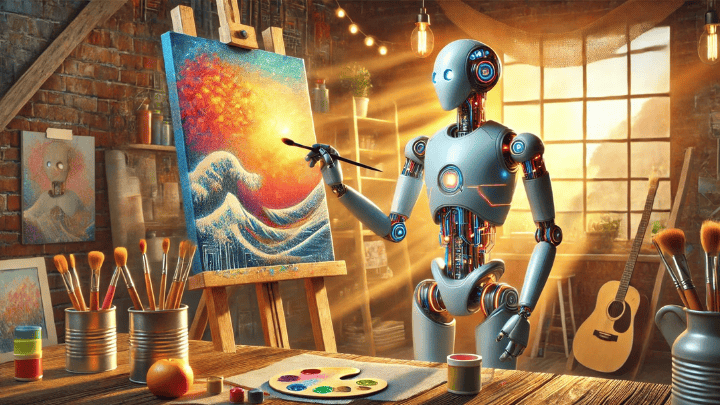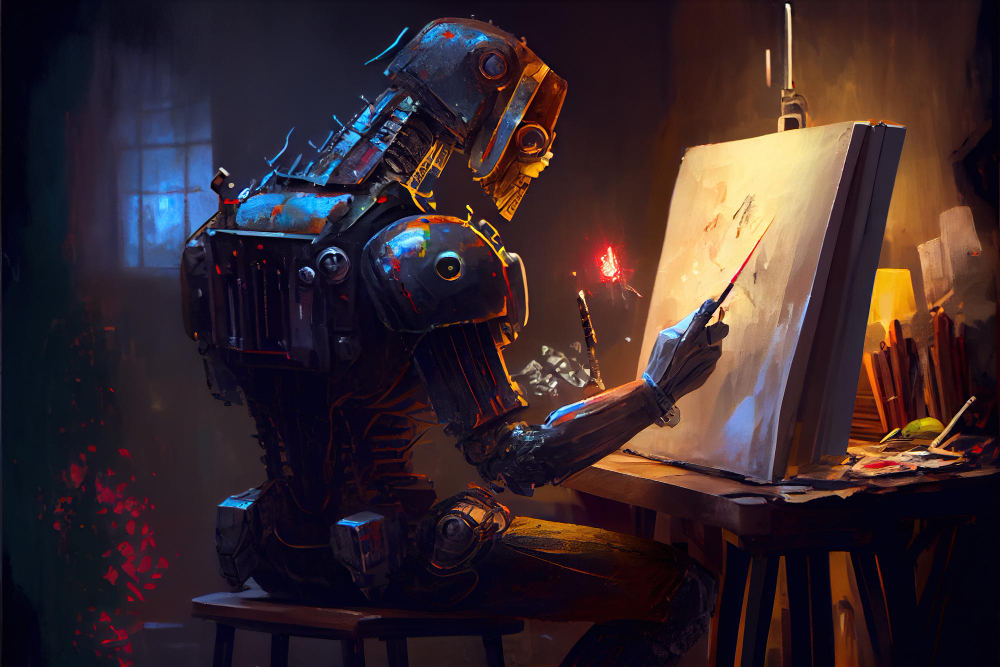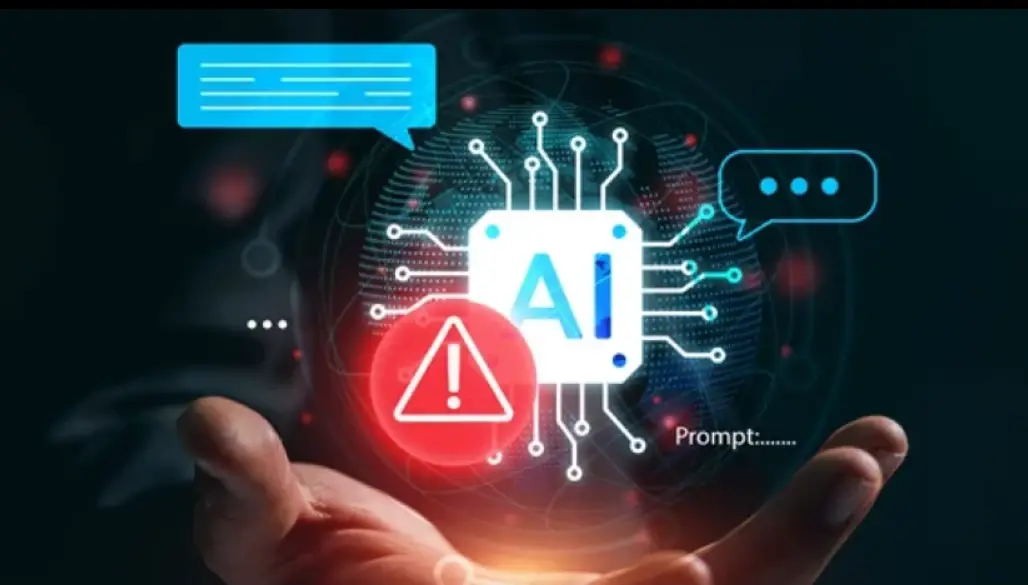Artificial Intelligence (AI) is revolutionizing the art landscape, offering groundbreaking tools for creation and curation. However, along with these exciting advancements come significant risks that the art community, legal experts, and technologists must carefully address. Understanding these risks is crucial to ensuring that AI in art develops in a responsible and inclusive manner.
What are the Risks of AI in Art?
AI’s growing involvement in artistic processes brings with it a variety of potential dangers that could impact artists, audiences, and the integrity of the art world.
Key Risks in AI and Art
1. Intellectual Property Violations
AI art often draws from vast datasets that include copyrighted works. When an AI system creates new art, it may unintentionally incorporate elements from these sources, leading to intellectual property conflicts. This blurring of originality and reproduction can trigger lawsuits and challenge the foundation of copyright law.
2. Dilution of Human Creativity
As AI becomes more capable of producing high-quality art, there is a growing concern that it may overshadow human artists. This could lead to a devaluation of human creativity, where audiences may struggle to differentiate between art made by humans and that generated by machines, potentially reducing appreciation for uniquely human expression.
3. Bias and Cultural Homogenization
AI algorithms can inherit biases from the datasets they are trained on, often reflecting dominant cultural, social, or gender perspectives while sidelining minority voices. This risks creating a homogenized art landscape where diverse artistic expressions are underrepresented or ignored.
4. Loss of Artistic Authenticity
Art is often valued for its connection to the artist’s personal journey, experiences, and emotions. AI-generated art, while technically impressive, lacks this lived human context. There is a danger that art could become more about technical novelty than authentic storytelling or emotional resonance.
5. Market Manipulation and Valuation Challenges
The entry of AI art into traditional markets complicates the valuation process. Unlike human artists, AI lacks provenance, personal reputation, and historical context, which are key factors in art pricing. This can lead to market instability and potential manipulation by individuals who exploit AI’s anonymity and rapid production capabilities.
6. Ethical Exploitation
There is an ethical concern when AI mimics the style of living or deceased artists without consent or credit. Using AI to mass-produce art in the likeness of famous artists raises questions about exploitation, imitation, and artistic respect.
7. Job Displacement for Artists
While AI can empower artists, there is a growing fear that it might also replace certain creative roles, especially in commercial sectors like graphic design, advertising, and media. This could impact livelihoods and reshape the future job landscape in the arts.
Conclusion
AI offers exciting possibilities for the art world, but it also introduces a complex web of risks that need thoughtful regulation and ethical consideration. Balancing innovation with the protection of human creativity, diversity, and rights is essential to ensure that AI enhances rather than diminishes the richness of the artistic community. A collaborative approach involving artists, technologists, and policymakers will be key to navigating these challenges responsibly.





Leave feedback about this